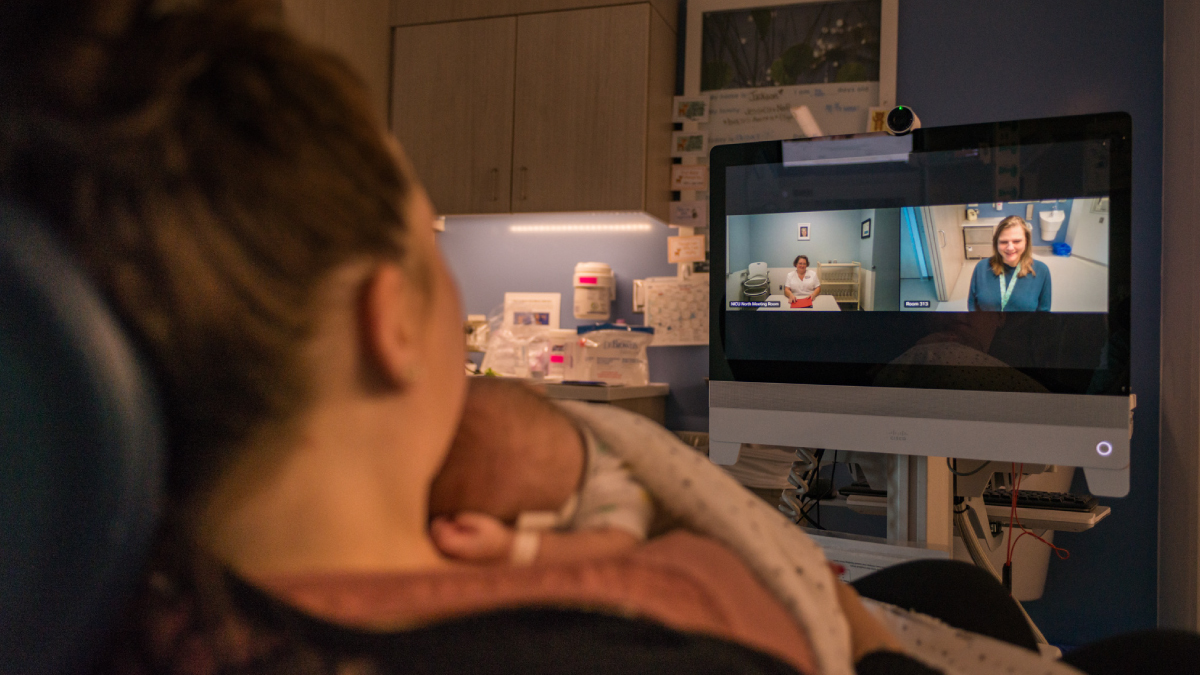ORLANDO (Feb. 25, 2008) - Delivery of quality healthcare is driving investments in clinical technology, including electronic medical records (EMR) and technology that reduces medical errors, such as computerized practitioner order entry (CPOE), suggest results of the 19th Annual Healthcare Information and Management Systems Society (HIMSS) Leadership Survey, sponsored by Cisco®. Medicare cutbacks and managed care fee reductions are creating uncertainty about the ability to fund such investments, the survey also reveals.
Reflecting an increased focus on healthcare system security, all respondents indicated they had made strong investments in security technologies and planned to add further security technologies in the next two years. Complete results of the Leadership Survey will be presented today at the 2008 Annual HIMSS Conference & Exhibition, one of the largest conferences in the IT industry.
According to the 300 healthcare IT professionals who participated in the survey, investments in EMR technology will be the top IT priority at their organization in the next two years. Also in the top three priorities, 23 percent of respondents stated they would prioritize implementing clinical information systems for the delivery of clinical knowledge to users in the next two years. 20 percent stated that implementing or upgrading data warehousing and data mining capabilities would shift from a low priority to a high priority in the same time frame.
Implementing unified communications technologies (solutions which unify voice, video, data, and mobile applications on fixed and mobile networks) is expected to become more of a priority for organizations in the next two years as organizations empower users to connect with each other and healthcare systems, anywhere and at any time.
With one in four healthcare IT professionals acknowledging their organization suffered a security breach last year, identity management and security technologies were two of the top three technologies respondents said they planned to implement for the first time in the next two years. The top three technology areas identified were identity management (45 percent), RFID technology (43 percent) and security technologies (42 percent). These investments are on top of already strong use of security technologies such as firewalls (in place at 98 percent of respondent's facilities), user access controls (83 percent) and audit logs of each access to patient health records (81 percent).
"Hand-in-hand with an emphasis on implementing healthcare technology there must be a focus on making this data secure," said John Wade, HIMSS board chair. "Consumers are concerned about the privacy of their health information, and this survey suggests that the industry is responding to those concerns."
"The Leadership Survey should build confidence that healthcare providers are adopting new technologies to improve patient care and collaboration among care providers," said Frances Dare, director of healthcare business solutions at Cisco. "However, there is also a clear message that Medicare and Medicaid cuts impact IT investment. With 26 percent of respondents indicating such cuts significantly impede their success, we still have work to do to ensure IT is recognized as the powerful enabler of efficiency and better patient care that it can be."
Other key findings included:
- 75 percent of healthcare IT professionals said their budgets would increase this year.
- 26 percent of the survey respondents said the lack of financial support was the main barrier to implementing IT.
- Reductions in Medicare/Medicaid funding directly affect IT budgets.
- 64 percent of the surveyed IT professionals are members of their organization's executive team.
- 75 percent indicated they have management responsibility for functions outside of IT, including telecommunications, medical informatics, health information management and biomedical engineering.
The self-administered Web-based Leadership Survey was completed by 307 participants between Nov. 20, 2007 and Jan. 20, 2008. Those surveyed represent 261 unique healthcare organizations and more than 700 hospitals throughout the United States. The average bed size of the hospitals was 431. Two thirds of respondents said they are senior IT executives at their organizations, and 52 percent are corporate chief information officers (CIOs).





